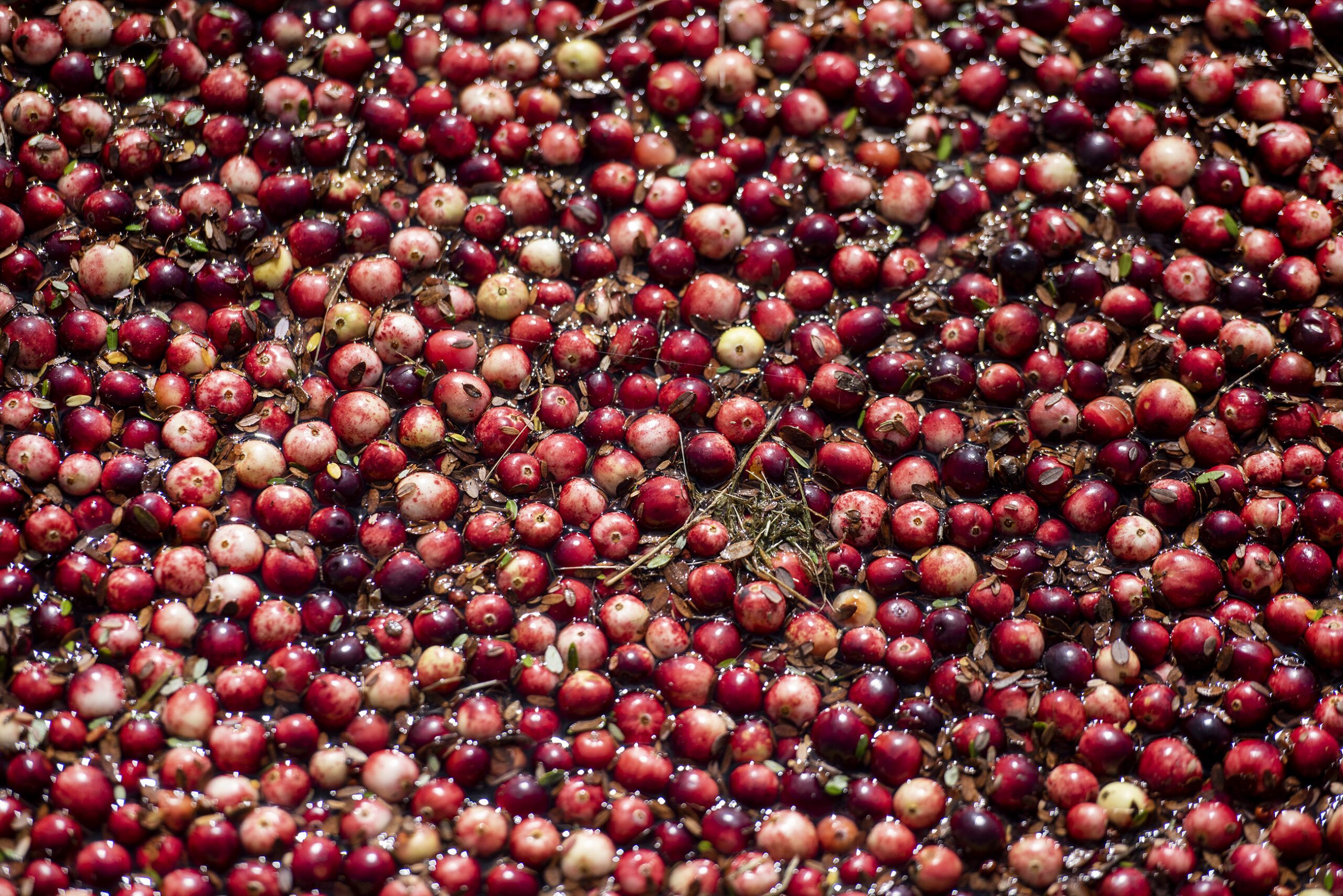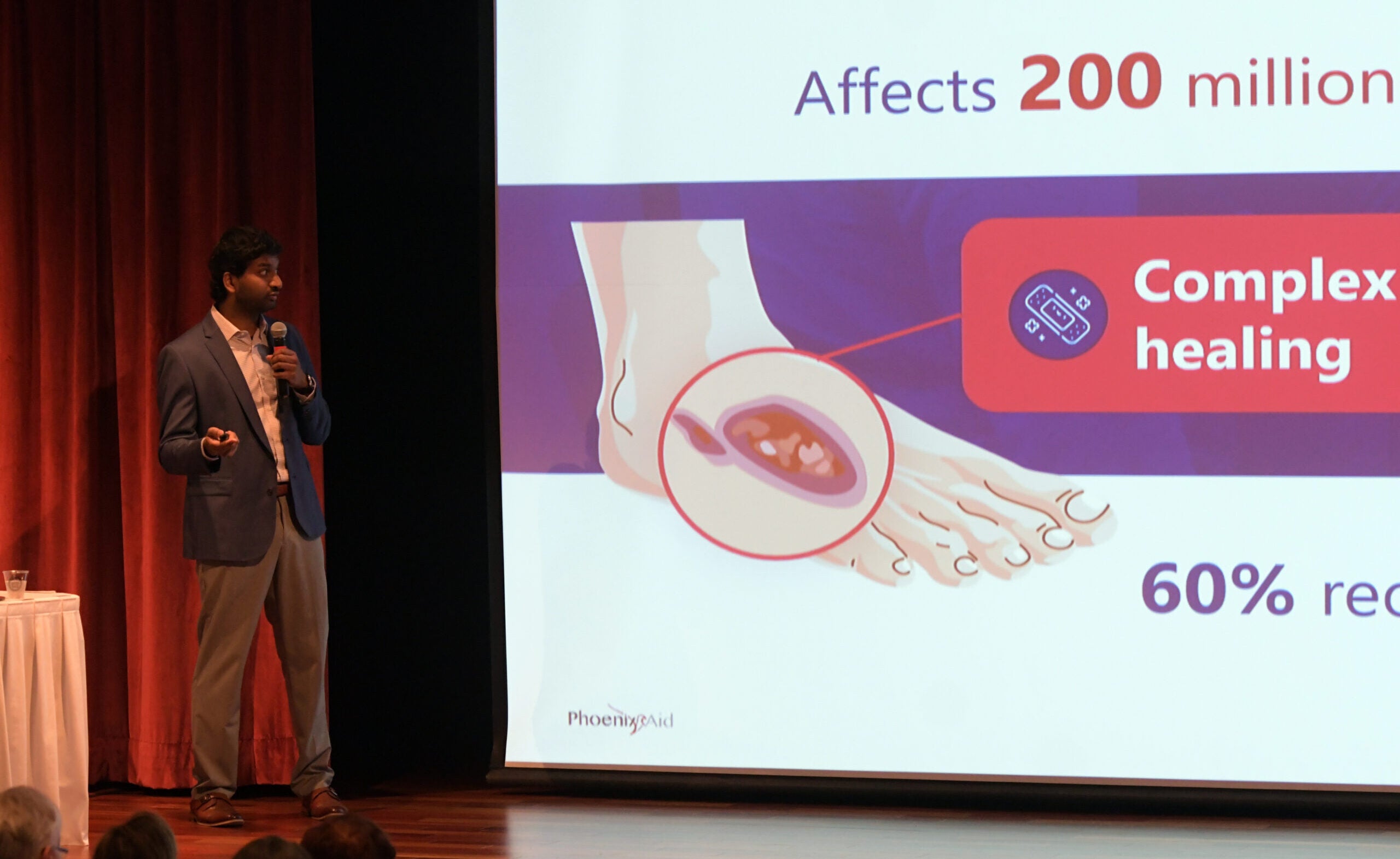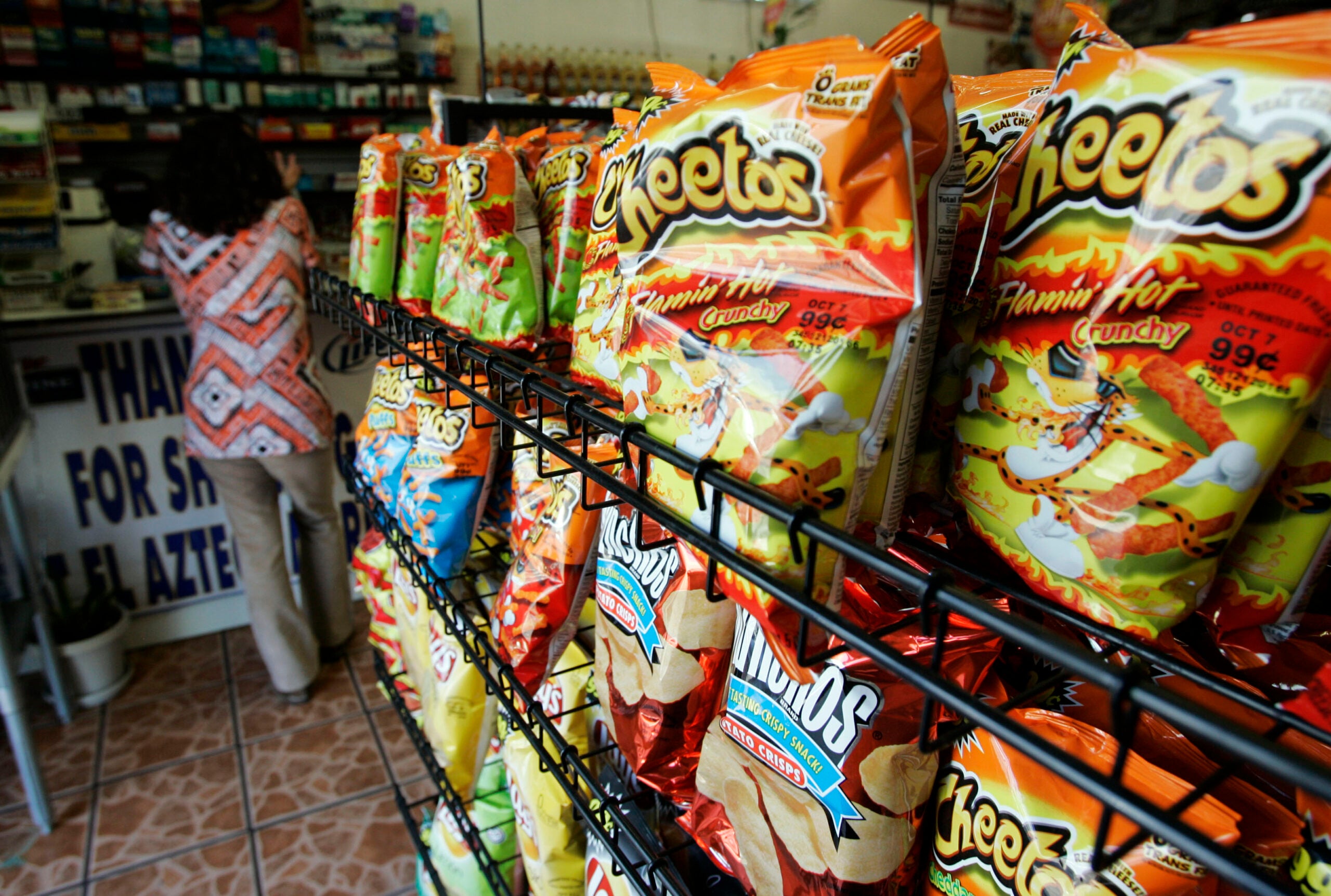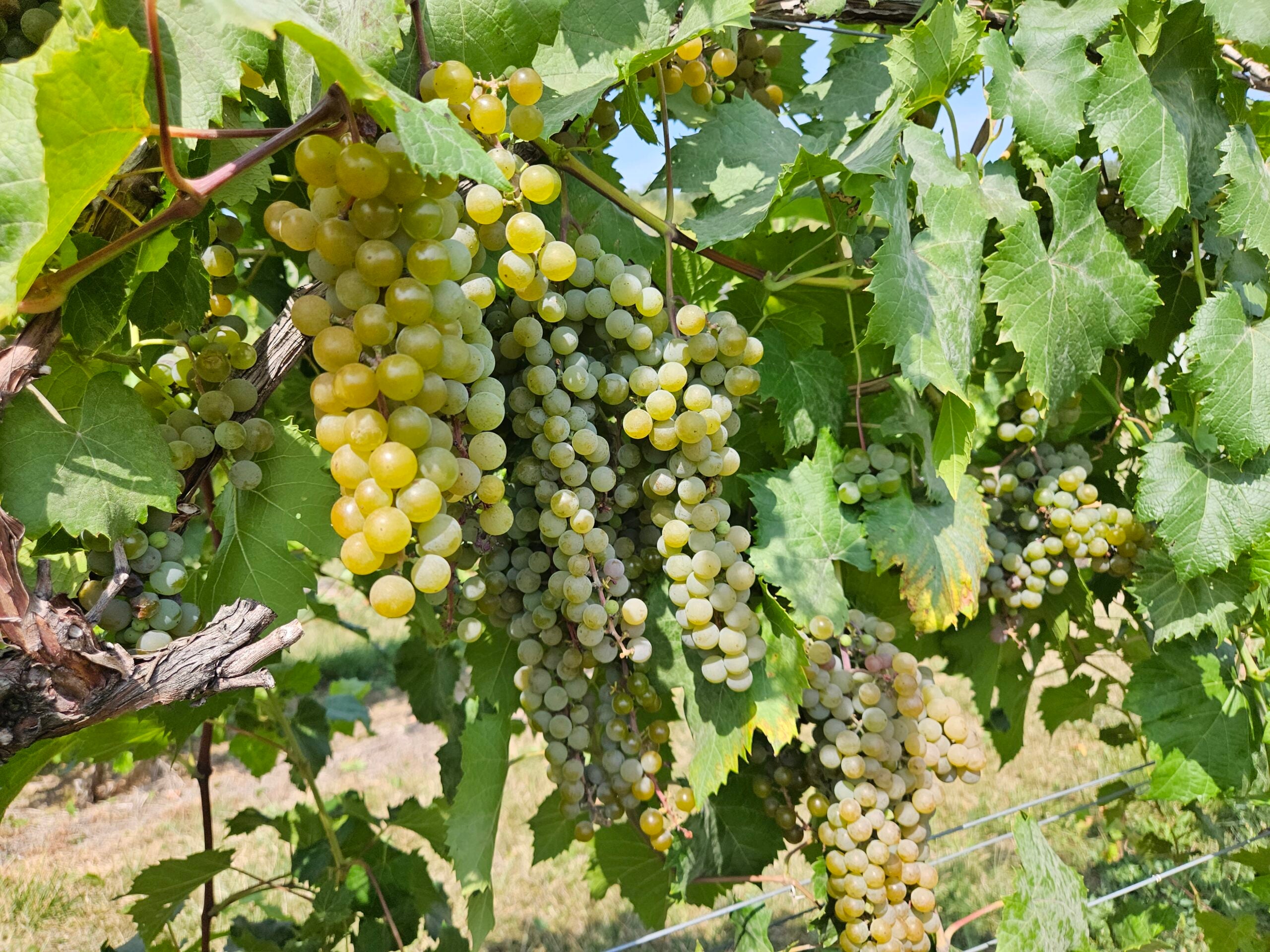Healthy foods aren’t typically top of mind during the holidays. But most of the year, marketing a food as “healthy” can catch a consumer’s eye.
The U.S. Food & Drug Administration has a formal definition of what it means for a food to be healthy, which the agency is currently working to update. But some in Wisconsin’s congressional delegation and agriculture industry worry the new definition leaves out cranberries and tart cherries.
Republican U.S. Sen. Ron Johnson and Democratic U.S. Sen. Tammy Baldwin joined a bipartisan group of federal lawmakers in sending a letter to the head of the FDA, asking the agency to make exceptions to the added sugar limits for the two unique fruits.
News with a little more humanity
WPR’s “Wisconsin Today” newsletter keeps you connected to the state you love without feeling overwhelmed. No paywall. No agenda. No corporate filter.
The FDA’s proposed definition of healthy sets specific limits for added sugars, saturated fat and sodium for food products. For fruit products, zero grams of added sugars are allowed. The lawmakers argue that cranberries and tart cherries have “low intrinsic sugar content,” meaning they aren’t naturally sweet like other fruits.
“Due to both cranberries and tart cherries lack of intrinsic sugar content, they require sweetening to increase palatability for most consumers,” the letter said. “However, there is ample research indicating that the human body does not distinguish between sugars intrinsic in fruit versus those added to fruit products.”
One nutrition expert says the lawmakers aren’t just sugar-coating the science.
Ted Wilson is a nutritional physiologist at Winona State University who evaluates the validity of health claims about different foods, including cranberries and raisins. He said cranberries and tart cherries are unique because they’re very high in phenolics.
“Phenolics are the molecules that give plants colors, that’s what we’re all familiar with,” Wilson said. “But they also give them flavors. Like a dark red wine, a merlot versus a chardonnay, all of those tastes are from phenolics.”
Wilson said the phenolics in cranberries and tart cherries are beneficial to people’s health. Cranberries have been shown to help prevent urinary tract infections while tart cherries have been linked to better exercise recovery. Data has suggested that both help reduce inflammation.
But the high levels of phenolics also make the fruit incredibly tart, making it hard to convince people to eat it fresh or by itself in a product. On top of palatability, Wilson said adding sugar to the dried products helps control bacterial growth and makes the products shelf stable, a function that happens naturally in other dried fruits like raisins.
Tom Lochner, executive director of the Wisconsin State Cranberry Growers Association, said protecting the cranberry’s reputation as a healthy food is important for the industry. Around 97 percent of cranberries in the United States are used to make juice and dried products.
“The dried cranberry market has been the area that’s been growing in consumption for us,” Lochner said. “We think it’s been a successful market from the standpoint that we’re putting a product out there that people can just eat right out of the package or it’s very versatile and can be incorporated in all kinds of different food items.”
Lochner said processors and growers worry the FDA’s new definition could interrupt that and put them at a competitive disadvantage in the dried fruit section.
“You put those on a store shelf and you have one product that has ‘healthy’ on it and the other one doesn’t, consumers are going to gravitate toward that healthy label,” he said.
Wilson agreed, saying the added sugar that is already disclosed on the nutrition facts chart and ingredients lists can scare customers away from the product.
“At the end of the day, anything we can do to improve people’s consumption of fruits and vegetables is going to improve people’s quality of life,” he said. “In America, we just don’t get enough fruits and vegetables in our diet and anything we can do to improve that will be helpful.”
He worries that if the FDA doesn’t make an exception for these unique fruits, processors will turn to artificial sweeteners that don’t count in the definition of healthy or as an added sugar on the nutrition facts chart. Wilson said these sweeteners can mess with the body’s natural ability to tell when it’s full and to evaluate the nutritional value of the food we eat.
“I really don’t think artificial sweeteners are the solution to everything, because then it just teaches us that everything should taste sweet,” he said, “I think that’s the slippery road that both (dried cranberries and tart cherries) end up walking down.”
Wisconsin Public Radio, © Copyright 2026, Board of Regents of the University of Wisconsin System and Wisconsin Educational Communications Board.




